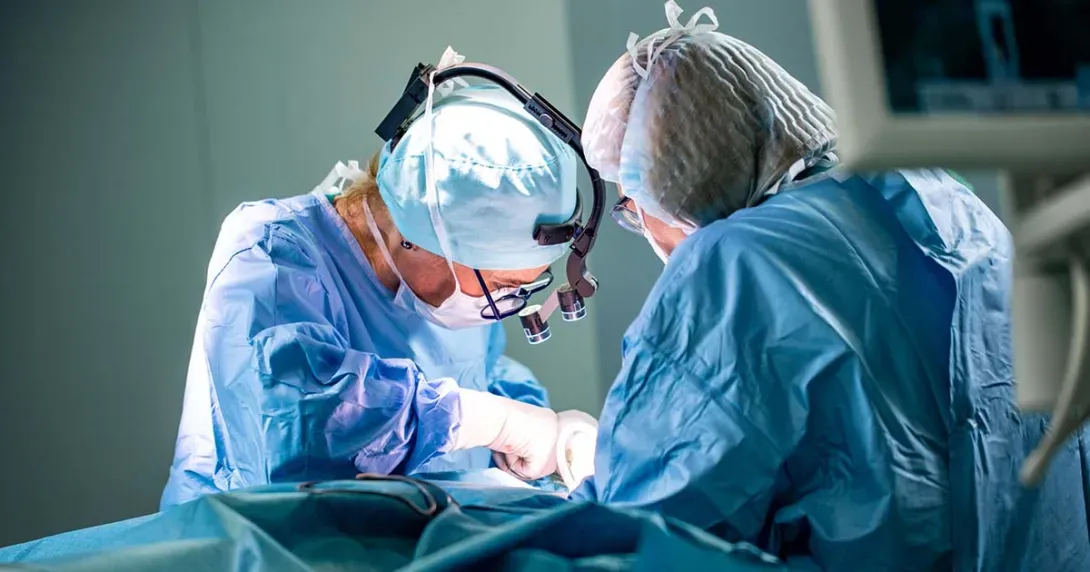
Mayo Clinic has developed an artificial intelligence tool that accurately detects surgical site infections (SSIs) from patient-submitted photos in electronic health records. This innovation could revolutionize postoperative care by providing timely outpatient monitoring, the health system said.
WHY IT MATTERS
The new Vision Transformer AI model, trained on more than 20,000 images from 6,060 adult patients across nine Mayo Clinic hospitals, first identifies whether an image contains a surgical incision and then analyzes it for signs of infection.
Mayo Clinic's study, published in the Annals of Surgery this month, noted that images included in the evaluation required eligible patients to send them through the patient portal within 30 days of their surgeries.
The impetus for the tool is the growing administrative workload caused by a rise in outpatient surgeries and the increased frequency with which patients submit electronic surgical incision images through the health system's portal.
"Early identification of [SSI] is essential for reducing postoperative morbidity,” the study authors said.
"Our AI model can help triage these images automatically, improving early detection and streamlining communication between patients and their care teams," Dr. Cornelius Thiels, a hepatobiliary and pancreatic surgical oncologist at Mayo Clinic and co-senior author of the study, said in the statement.
While patients who contributed photos of their surgical incisions were predominantly white – 92.5% – and female – 61.4% – with a median age of 54, Mayo Clinic said the study addressed concerns about algorithmic bias and the model demonstrated consistent performance across diverse groups.
The Vision Transformer AI model achieved an incision detection accuracy of 94%, detecting that 6.2% of the images patients submitted for the study showed SSIs, representing a 73% accuracy rate.
Mayo Clinic also said its researchers are optimistic the AI will enhance postoperative care, as it aims to reduce diagnostic delays for infections and provide patients with faster feedback.
"For patients, this could mean faster reassurance or earlier identification of a problem," Dr. Hala Muaddi, a hepatopancreatobiliary fellow at Mayo Clinic and the study's first author, said in the statement. "For clinicians, it offers a way to prioritize attention to cases that need it most, especially in rural or resource-limited settings."
With further validation, the AI could become a primary screening tool as well as open the door to developing algorithms that detect subtle signs of infection even before they're visible, according to Mayo Clinic.
THE LARGER TREND
Because post-discharge complications within the first 30 days following surgery can interfere with patient recovery and even lead to hospital readmissions, digital tools have proved useful.
Previous studies have shown that remote digital health tools are able to identify complications at earlier stages and even correctly classify wound infections in the majority of patients. Those studies also said that the use of digital health monitoring of postoperative patient recovery requires higher-quality research before integration into the healthcare environment.
Since that time, models that predict the risk of hospital patients becoming septic in real time have taken hold.
According to Yusuf Tamer, principal data and applied scientist at the Parkland Center for Clinical Innovation, such an algorithm, integrated in clinical workflows through Fast Healthcare Interoperability Resources APIs, makes it actionable at the point of care, reducing sepsis mortality rates. He said Parkland's real-time model accesses its EHR every 15 minutes and alerts clinicians when the risk exceeds a safe threshold through a decision support app that allows them to easily view and understand the model's output.
"While performance is a critical factor for these models, an explainable model that is trusted by providers will be used more if it has comparable performance," he told Healthcare IT News last year. "This is a crucial understanding in the context of healthcare and health IT today."
ON THE RECORD
"This work lays the foundation for AI-assisted postoperative wound care, which can transform how postoperative patients are monitored," Muaddi said in a statement. "It’s especially relevant as outpatient operations and virtual follow-ups become more common."
Andrea Fox is senior editor of Healthcare IT News.
Email: afox@himss.org
Healthcare IT News is a HIMSS Media publication.


